Mayumi Hosokura, the Colours of Pleasure
An ode to pleasure and photography, the series 'Jubilee' celebrates the everyday, with a radiance more stimulating than reality.
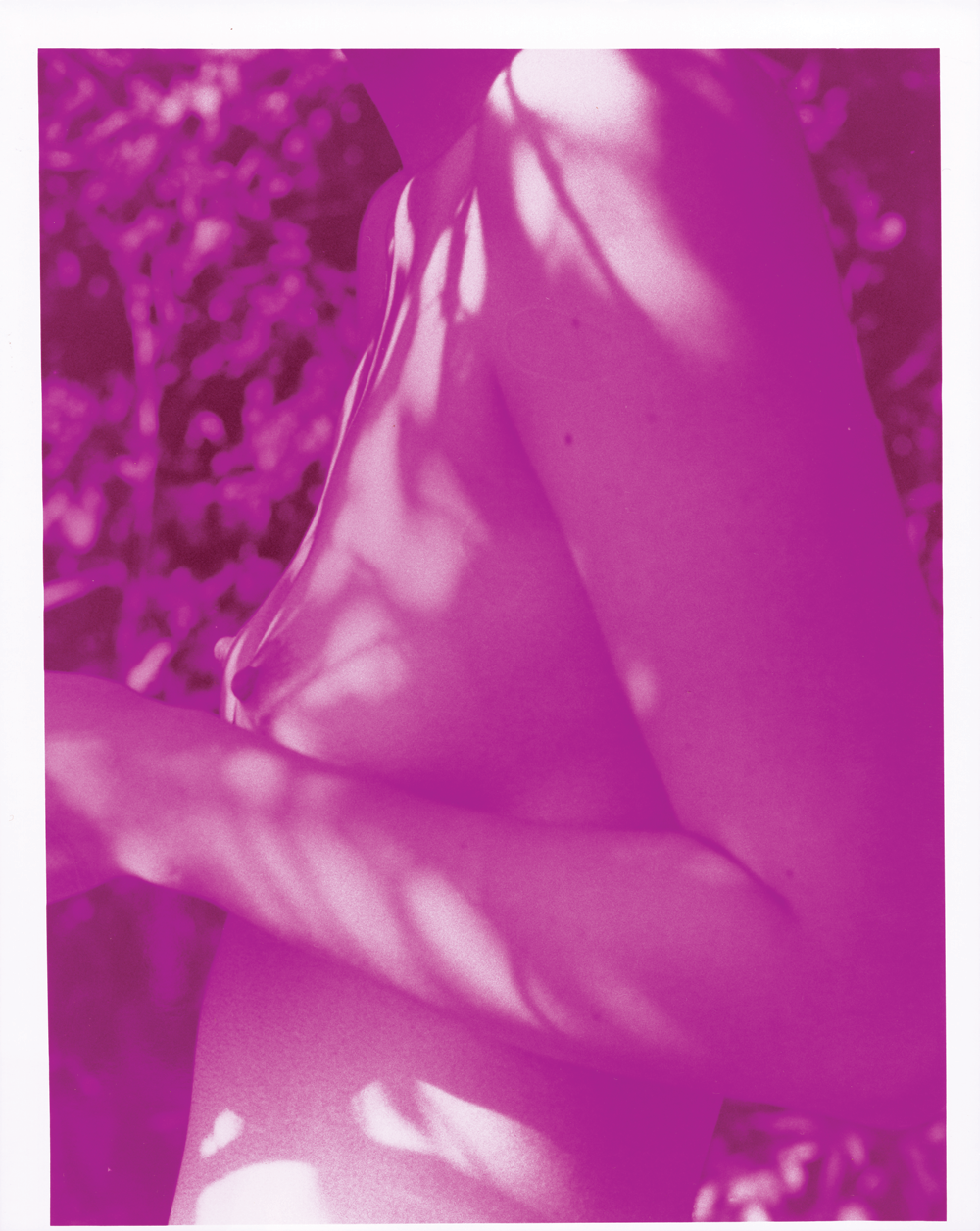
Mayumi Hosokura, “Jubilee”, 2012-2017 ©︎ Mayumi Hosokura
The love of photography can take different shades. Why limit oneself to natural colours when developing offers an even richer, bolder palette, despite being artificial? Pigments alone express emotions and convey feelings.
This is the stance held by Mayumi Hosokura, born in Kyoto in 1979 and graduating in photography at the faculty of Arts at Nihon University in 2005, after studying literature. Gathering some nude photographs from her first series KAZAN, she decided to take her creative process further by creating Jubilee (2012 until 2017). The series injects even more joy and ingenuity into her images, like a celebration of pleasure.
Pleasure of seeing
Pink, yellow, green. The colours are striking to the eye in a visual explosion that becomes audible due to the chromatic rhythm given to it. The dynamic is accentuated by repetition. The same photo can change its colouring, offer an opposite or complementary meaning and compose an entire score with the sequence or connections that are created. Bodies are bare, genitals are visible. A joyful sense of freedom reigns. Neither voyeuristic nor showy nor vulgar, humans are presented innocently, calm and exquisite. The subjects participate in the excitement, and beyond the multicoloured shades, neon lights and disco balls invite the viewer to join the party. Fragments of bodies and objects are captured with the same enthusiasm as minerals and plants. Functioning as metaphors, these parallels make the elements one homogenous whole.
‘Pleasure is a very important emotion for me. Pleasure of seeing, touching, living…’, the artist explains. Jubilee has several origins: political, religious, royalist… In the British monarchy, it can be silver, golden, or diamond, among others. It has an inherently resplendent and celebratory character. If conjugated, it immediately becomes synonymous with extreme satisfaction, both internal and food-related. In Japan, the term jubilee (shukusai 祝祭) also means festival. It is always linked to celebration and exceptionality is the common denominator. Mayumi Hosokura’s series works in this way, injecting a hint of the extraordinary and of pleasure into the everyday. This euphoria is particular to escapism and the unprecedented. ‘These images are more attractive than reality. I think photography is full of the pleasure of always seeing.’
One negative, several prints
Here, colours are synonymous with joyfulness, but they are also a proclamation from the artist, like a declaration of love for photography. ‘I use six colours, R/G/B/C/M/Y. They are those used in colour darkroom paper. I therefore represent the activity of photography by using these six essential colours.’ By working with the medium using these technical particularities, going into its nooks and crannies, Mayumi Hosokura shows her affection for it. ‘I wondered why we had to choose just one image. When I was in the darkroom, I produced several test prints to make good images. But when I saw multiple prints created from one negative, I thought that the variations were all different.’ There are no more limitations to accommodate, no more choices to be made. Photographic capture goes beyond representations of the real, and the artist reveals the one, or ones, she prefers.
This freedom of expression she grants herself is also what she leaves to or demands from the viewer. Taking a piecemeal approach to photography, she isolates, showcases, and places the elements that make up her photographs on an equal footing. ‘I want to make them into fragments and I want the viewer to reconstruct images in their head.’ Textures, materials, surfaces, and shapes alternate, are juxtaposed, sometimes merge, or are linked by colour. ‘I want to restructure the boundaries that were or are considered natural between the body and minerals, humans and animals, humans and machines, and also nationalities and races, depending on sexuality and sex.’ She lowers the barriers, starting with those relating to the body by preferring to show her subjects naked, equal. After focusing on pleasure, Mayumi Hosokura continues her photosensitive quest by examining love, using stars as interlocutors in her series Crystal Love Starlight.
Jubilee (2012-2017), a series by Mayumi Hosokura, can be viewed on her website.
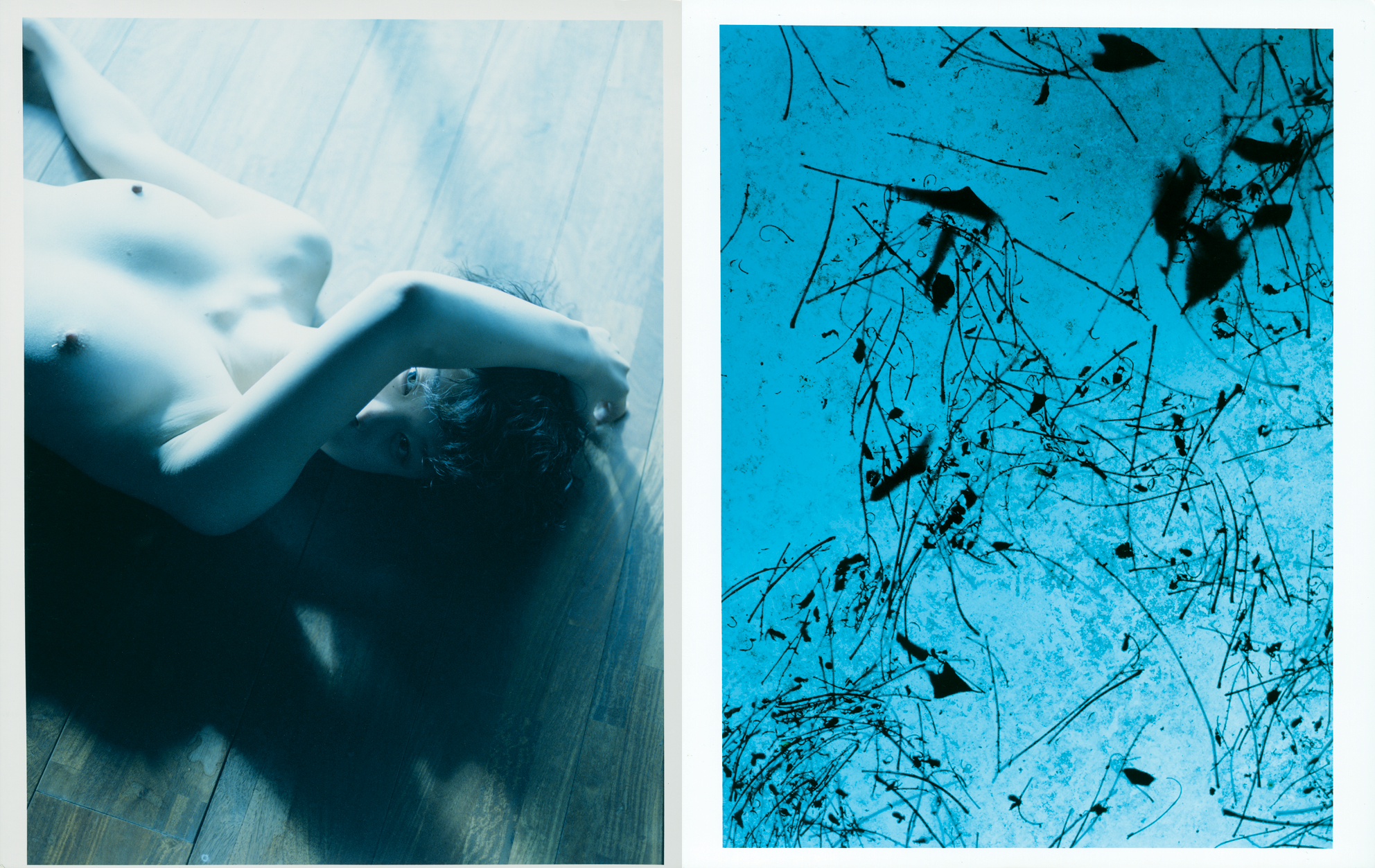
Mayumi Hosokura, 'Jubilee', 2012-2017 ©︎ Mayumi Hosokura
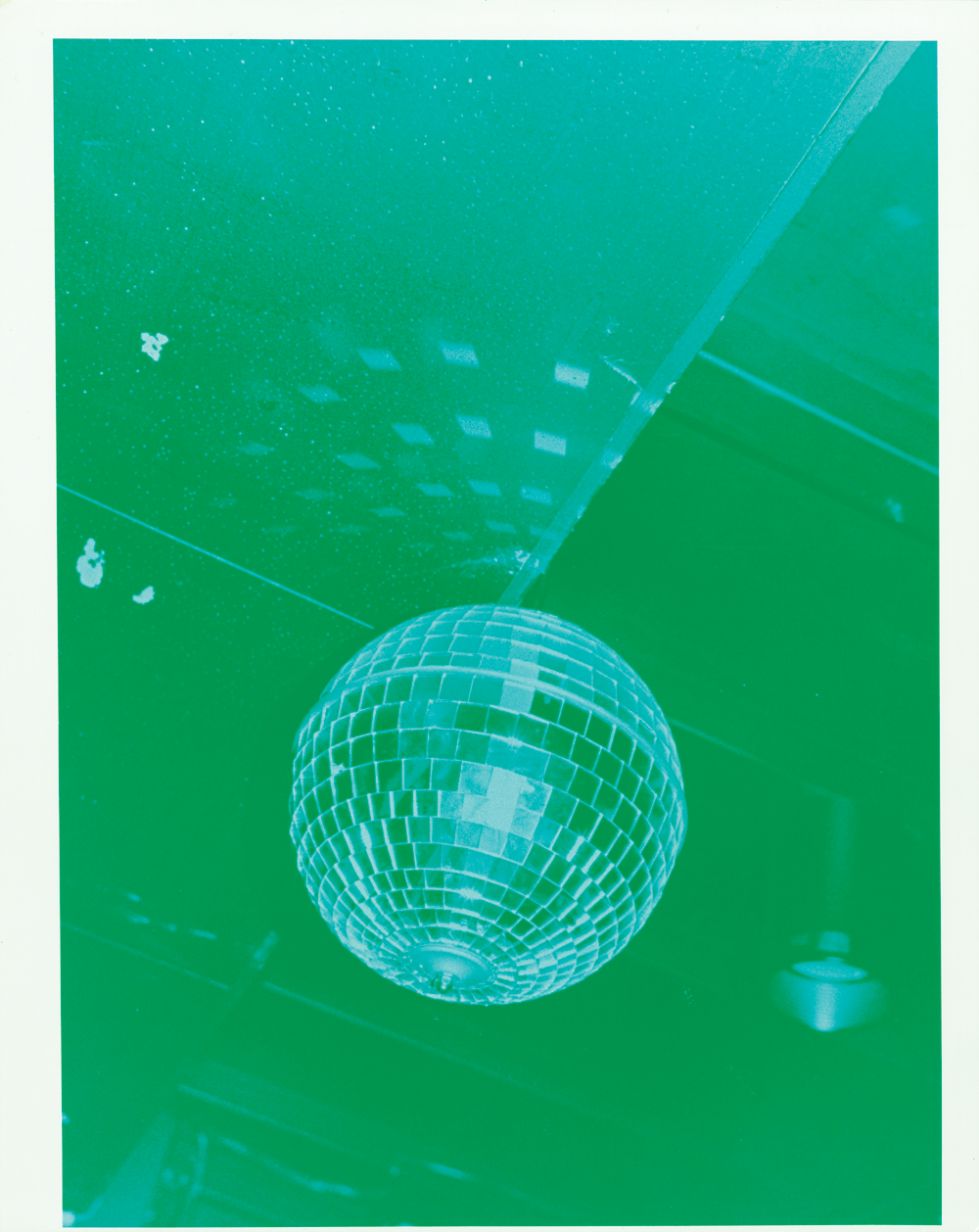
Mayumi Hosokura, 'Jubilee', 2012-2017 ©︎ Mayumi Hosokura

Mayumi Hosokura, 'Jubilee', 2012-2017 ©︎ Mayumi Hosokura
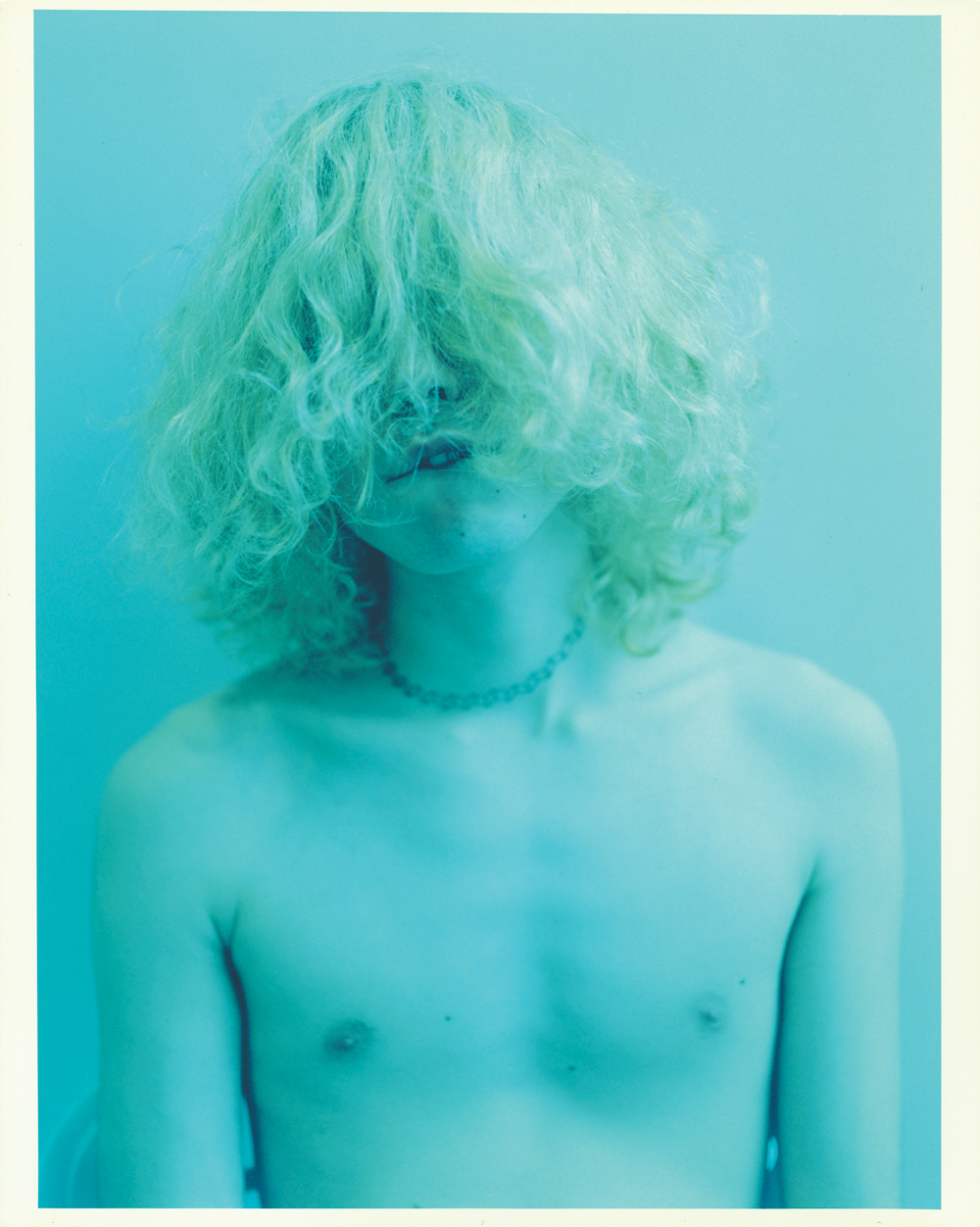
Mayumi Hosokura, 'Jubilee', 2012-2017 ©︎ Mayumi Hosokura
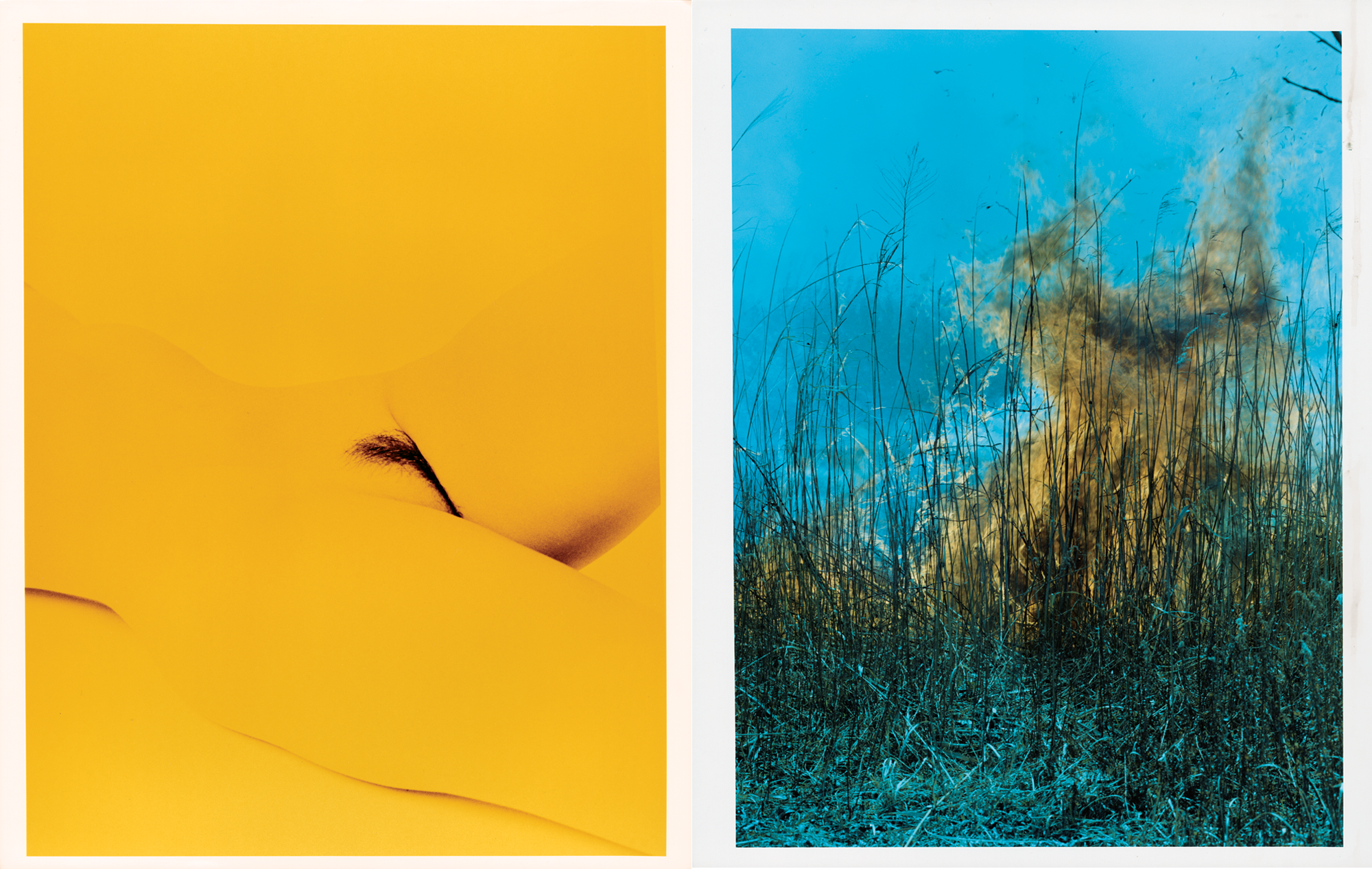
Mayumi Hosokura, 'Jubilee', 2012-2017 ©︎ Mayumi Hosokura
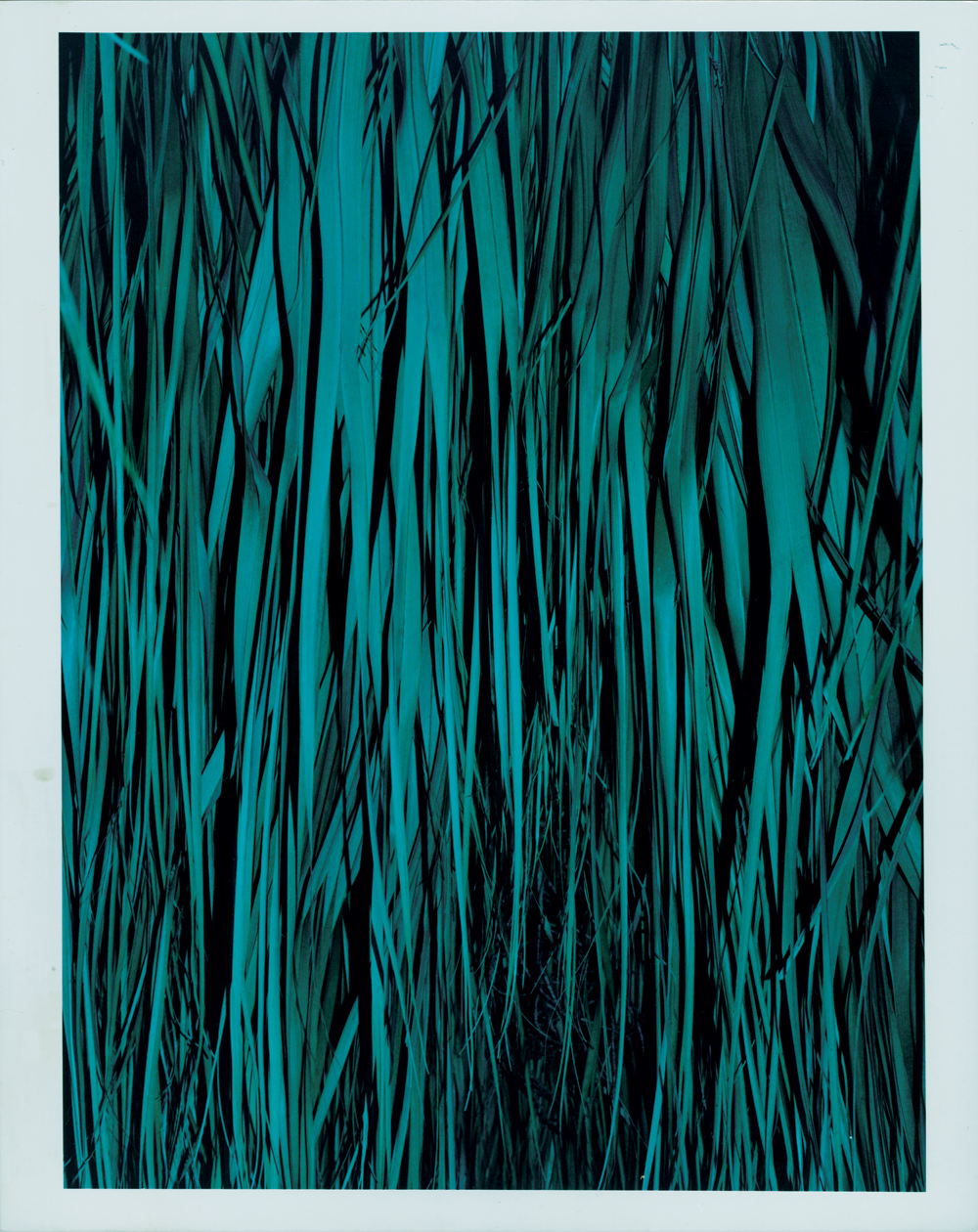
Mayumi Hosokura, 'Jubilee', 2012-2017 ©︎ Mayumi Hosokura
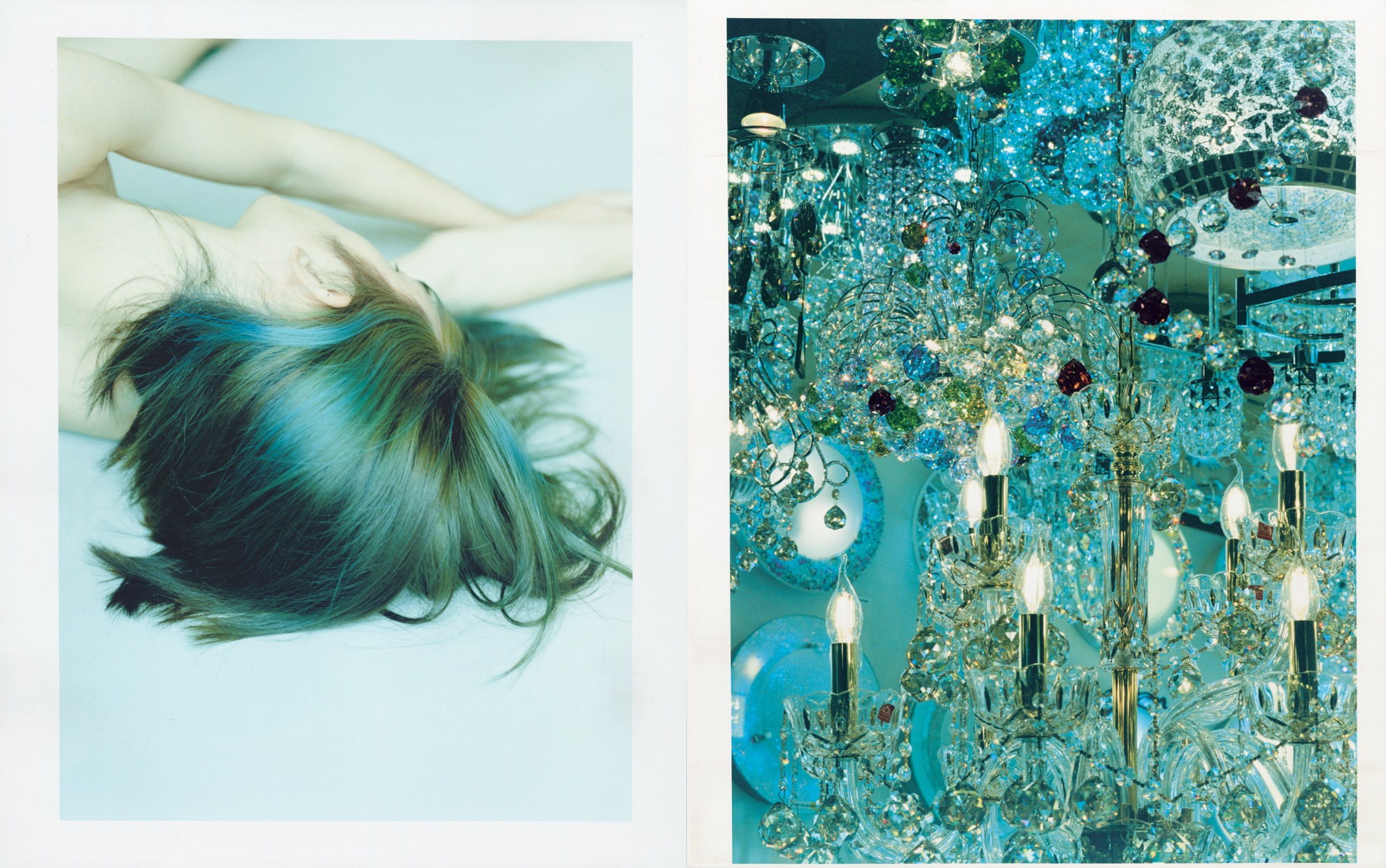
Mayumi Hosokura, 'Jubilee', 2012-2017 ©︎ Mayumi Hosokura
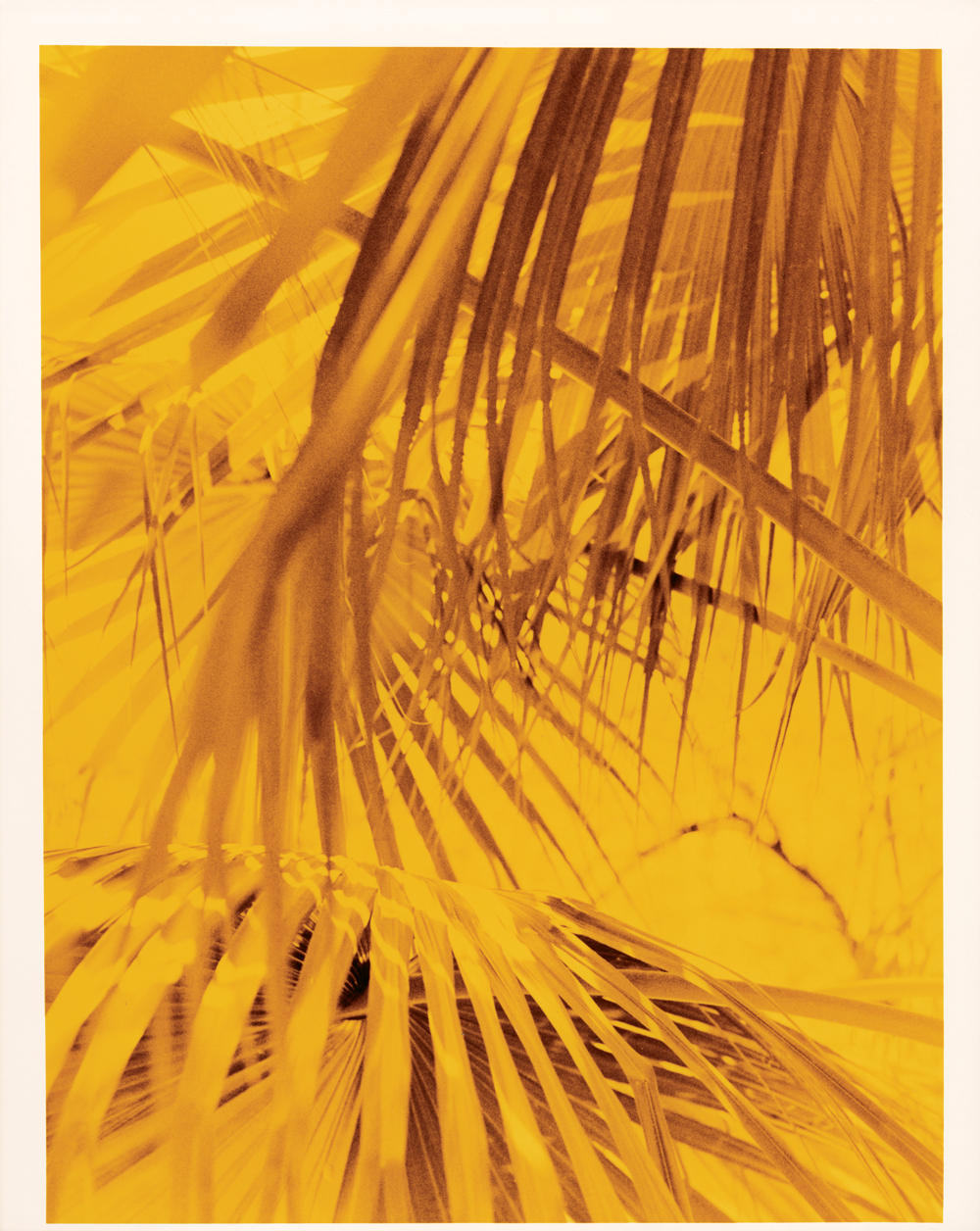
Mayumi Hosokura, 'Jubilee', 2012-2017 ©︎ Mayumi Hosokura
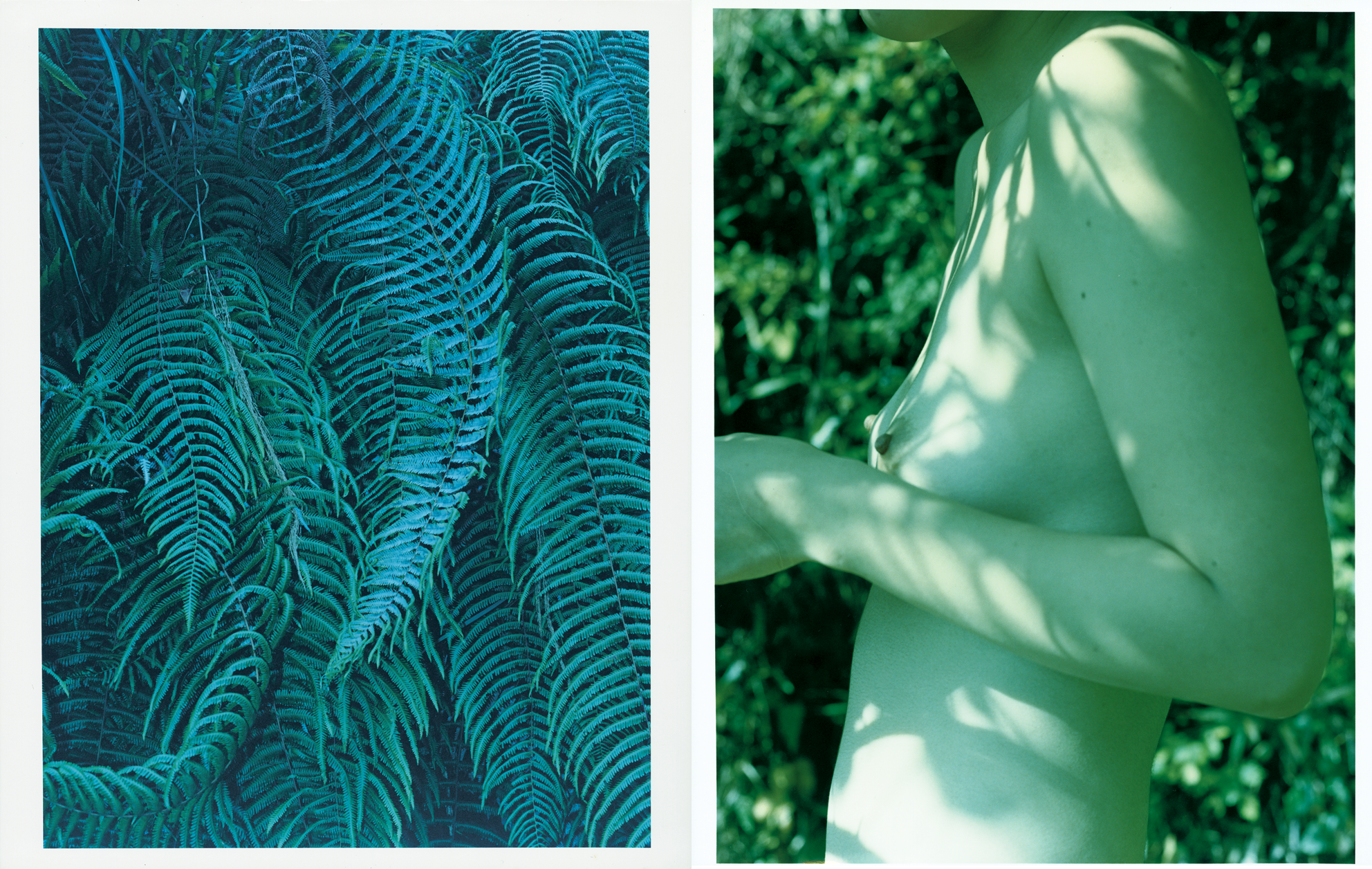
Mayumi Hosokura, 'Jubilee', 2012-2017 ©︎ Mayumi Hosokura
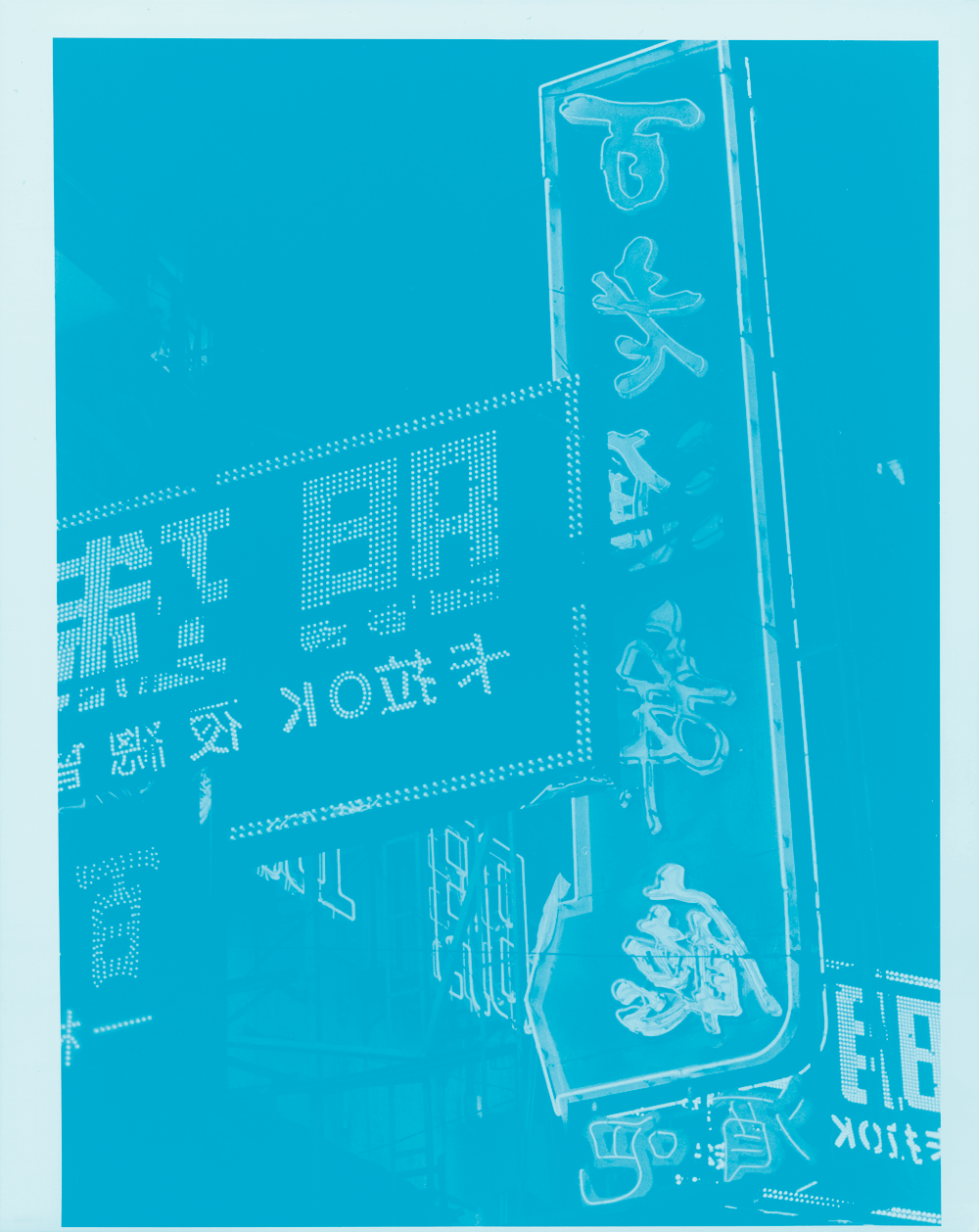
Mayumi Hosokura, 'Jubilee', 2012-2017 ©︎ Mayumi Hosokura

Mayumi Hosokura, 'Jubilee', 2012-2017 ©︎ Mayumi Hosokura
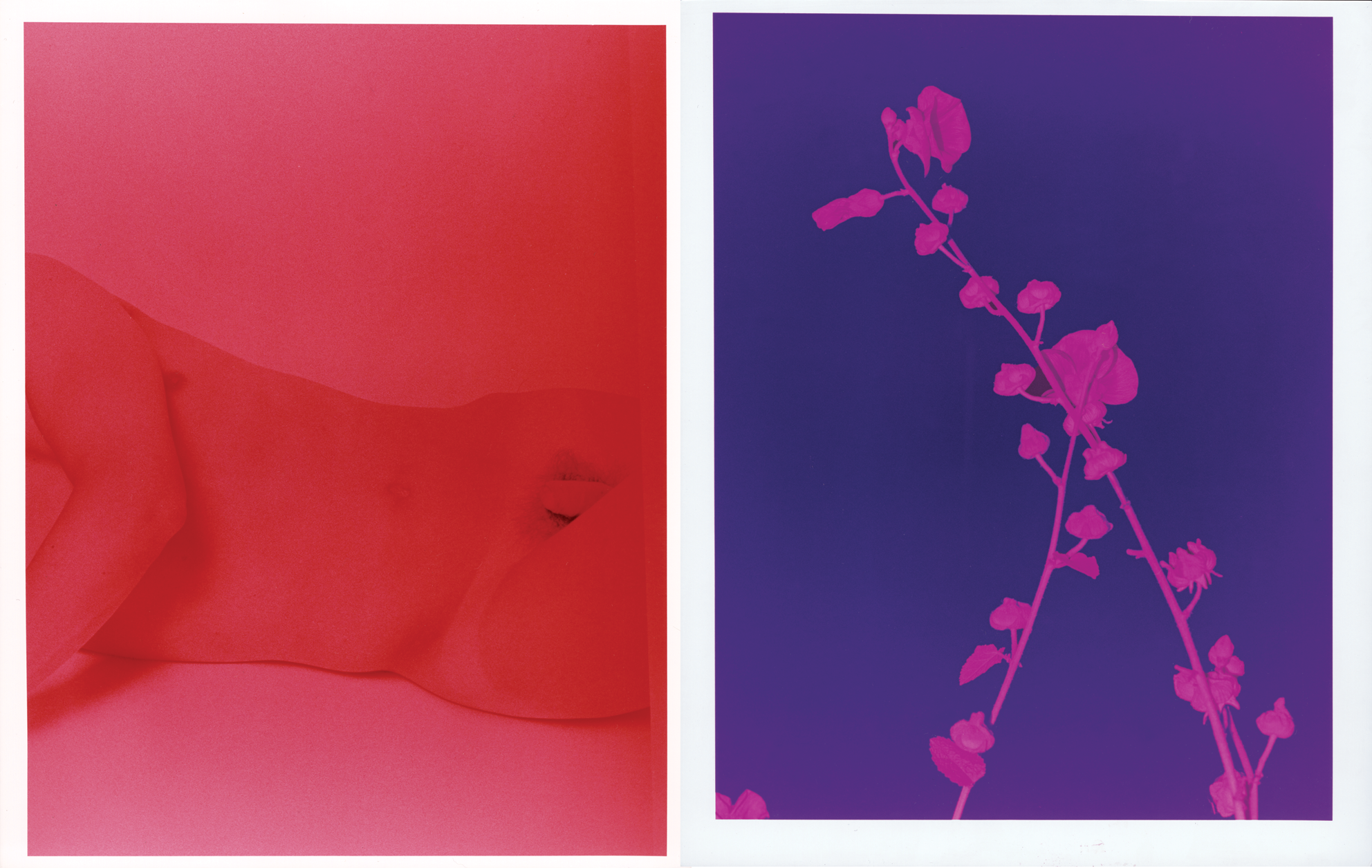
Mayumi Hosokura, 'Jubilee', 2012-2017 ©︎ Mayumi Hosokura
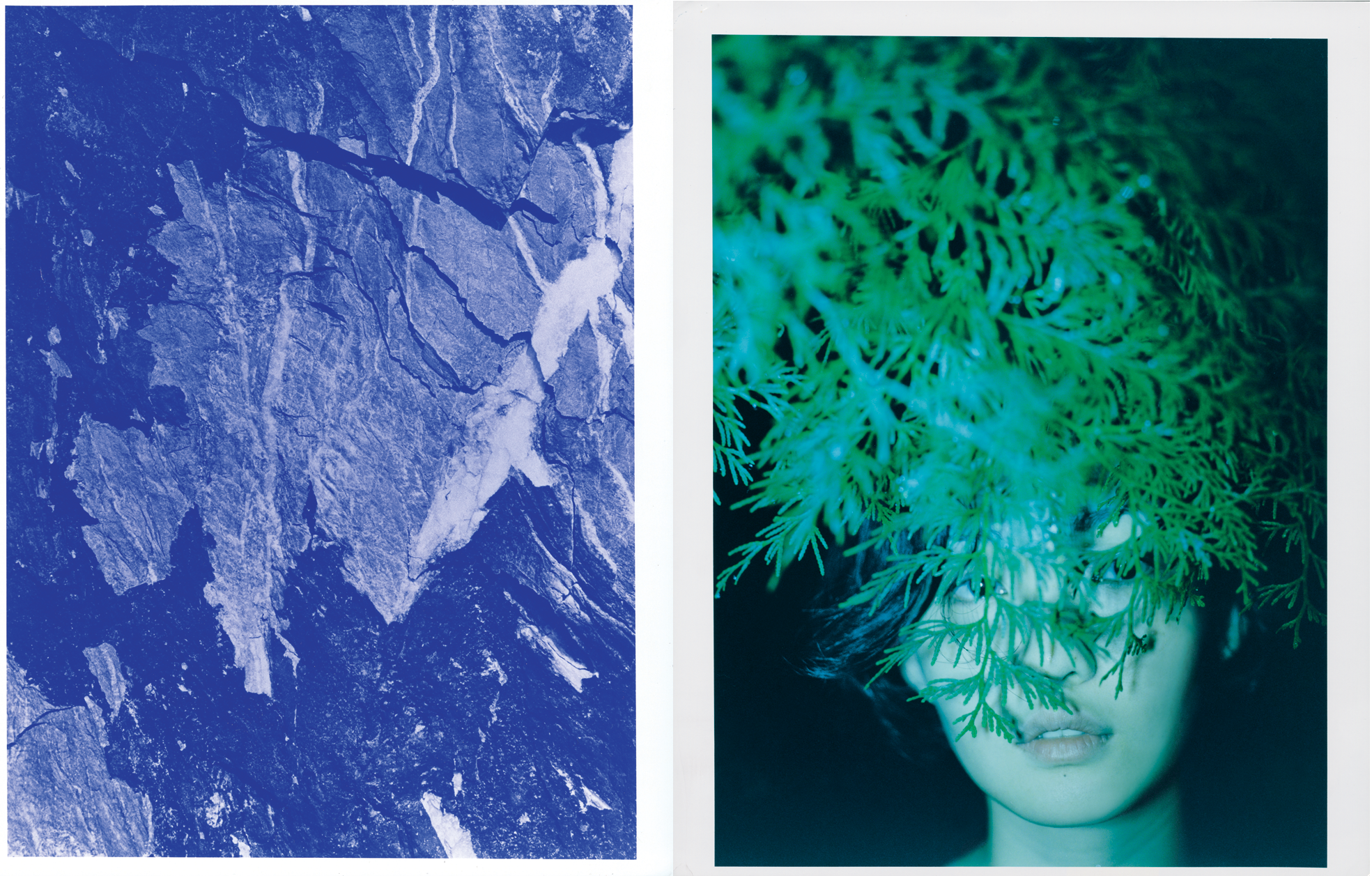
Mayumi Hosokura, 'Jubilee', 2012-2017 ©︎ Mayumi Hosokura
TRENDING
-
Hiroshi Nagai's Sun-Drenched Pop Paintings, an Ode to California
Through his colourful pieces, the painter transports viewers to the west coast of America as it was in the 1950s.

-
A Craft Practice Rooted in Okinawa’s Nature and Everyday Landscapes
Ai and Hiroyuki Tokeshi work with Okinawan wood, an exacting material, drawing on a local tradition of woodworking and lacquerware.

-
The Tattoos that Marked the Criminals of the Edo Period
Traditional tattoos were strong signifiers; murderers had head tattoos, while theft might result in an arm tattoo.

-
David Bowie Dressed by Kansai Yamamoto
The English singer was strongly influenced by 'kabuki' theatre and charged the Japanese designer with creating his costumes in the 1970s.

-
‘Seeing People My Age or Younger Succeed Makes Me Uneasy’
In ‘A Non-Conformist’s Guide to Surviving Society’, author Satoshi Ogawa shares his strategies for navigating everyday life.





